

When it comes to owning a condominium there are several perks — someone else usually mows the grass and shovels the snow, and when it comes to insurance, the burden is sometimes shared. But not always. So it’s important to understand the complexities of condominium insurance. Our FAQ section, below the Our Policy Partners section, will help you better understand this type of coverage, and of course, we have an agent ready to answer your questions. We're here to help you find the best condo insurance coverage for your needs.
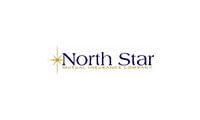
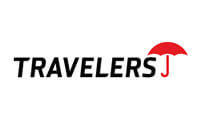
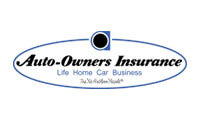
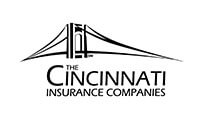
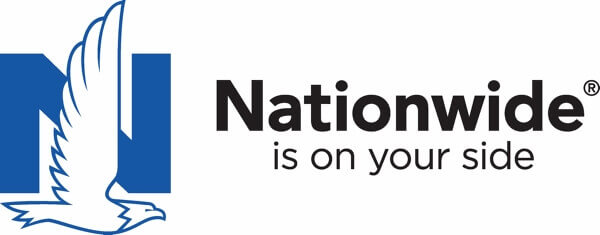
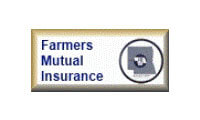
Most often, the owner of the condominium (or the cooperative unit) owns only the interior, while the condominium association (or the cooperative) owns the exterior. For that reason, all insurance-related issues must be evaluated based on the condominium or cooperative bylaws. The bylaws define ownership, and this determines the required amount of property insurance. It also determines the unit owner's liability exposure.
This type of shared ownership also includes “landominiums” and “dockominiums.” A landominum refers to a unit where an individual owns the entire structure, but the association owns and maintains the land. Dockominiums refer to vessels, where an individual owns the unit, but the docks and piers are under association ownership.
Property exposure exists primarily of the personal property of the unit owner with additional property exposures defined by the applicable association bylaws. The unit owner's responsibility determines the amount of insurance necessary. The unit owner is always responsible for carpeting and painting, but the owner may also be responsible for the dry wall, plus the plumbing and wiring within the walls. The responsibility for windows, doors, interior electrical, fireplaces, chimneys, cabinets, counters and other items are also defined in the bylaws. In addition to all personal unit responsibility, the insured is also responsible for assessments brought by the condominium or cooperative for damage to common property as defined by the bylaws.
Inland marine exposure includes the antiques, jewelry, furs, electronics and other types of property subject to sub-limits and exclusions within the homeowner’s policy. These items are often attractive theft targets. Locks and alarms are of particular interest along with the off-premise/transit exposures and storage arrangements.
Personal liability exposure exists via the members of the household (including pets) and conditions related to the insured premises. The age of any children, the type and breed of family pets, the social and civic organizations the family participate in can all impact the loss potential. The unit owner's premises liability is limited to the owned unit as explained in the bylaws. The condominium association or cooperative has the premises liability for the common areas. If a member of the household becomes an officer or board member of the association or cooperative, there is added exposure for decisions made by the board.